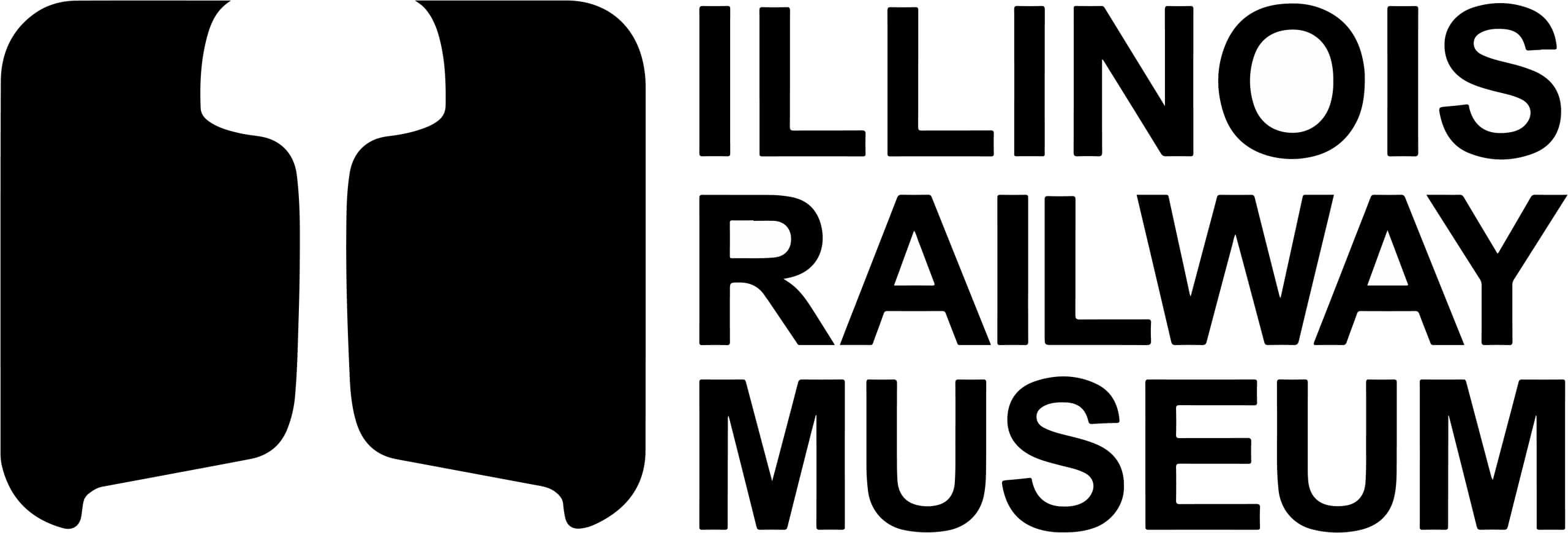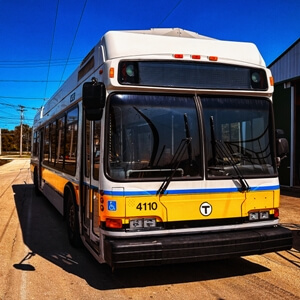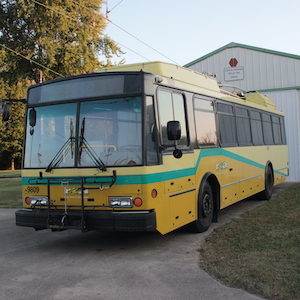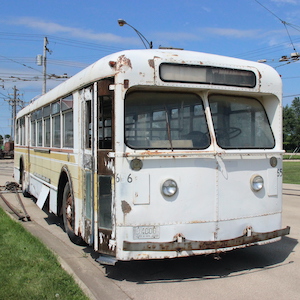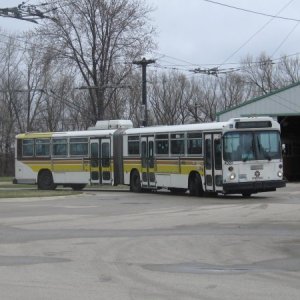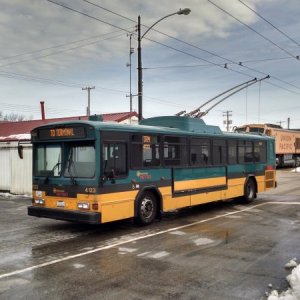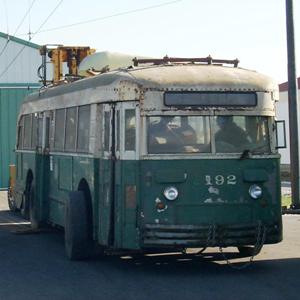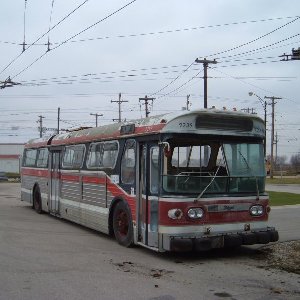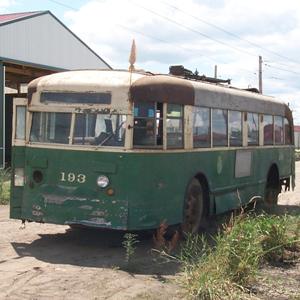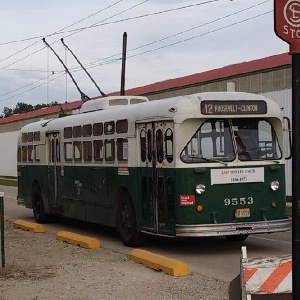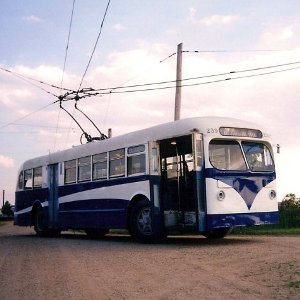Member Blog
Massachusetts Bay Transit Authority 4110
The most significant bottleneck in boarding and alighting from traditional high-floor buses has always been the steps just inside the entrance and exit doors. Wheelchair users and others with limited mobility who can’t climb the steps are unable to ride the bus if it is not equipped with a wheelchair
Greater Dayton Regional Transit Authority 9809
During the 1990s, the fall of the “Iron Curtain” led some Eastern European firms, which had largely only sold to other Communist countries, to seek new business in the West. In the Czech Republic, Škoda, a large industrial conglomerate, was known for its trolley buses, trams, and railway equipment. It
Municipality of Metro Seattle 656
The War Production Board and the Office of Defense Transportation restricted manufacturing and sale of new trolley buses during WWII. Only Pullman-Standard’s Worcester, Massachusetts, plant was permitted to build them during the entire war; other manufacturers were busy making war material instead. Seattle was able to order 30 trolley buses
King County Metro 4020
Almost since the beginnings of public transit, a trend toward larger vehicles has existed, in order to carry more passengers and earn more revenue per crew member. With trains, adding cars is an easy way to increase size. Enlarging a bus, however, is not so straightforward. There is a limit
King County Metro 4123
Seattle’s trolley bus fleet was completely modernized in 1979 with 109 new vehicles from AM General, the bus-building arm of American Motors Corp. They were equipped with General Electric 1213 traction motors, a dependable design dating from 1939, but newly manufactured for this order. The controls, however, were a brand-new
Chicago Transit Authority 192
Starting in 1930, the Chicago Surface Lines began service on seven routes on the Northwest Side with trolley buses. At the time, the area was not heavily populated by Chicago standards, so the 114 vehicles purchased during 1930-1931 were a fairly small fleet compared to the more than 3,000 streetcars
Toronto Transportation Commission 9339
By the mid-1960s, cities all across North America had largely abandoned their trolley bus systems, mostly in favor of diesel buses. The few exceptions usually had local conditions, like steep hills or stations in tunnels, which made trolley bus service more practical than other forms of transport. The last American-made
Chicago Transit Authority 193
Starting in 1930, the Chicago Surface Lines began service on seven routes on the Northwest Side with trolley buses. At the time, the area was not heavily populated by Chicago standards, so the 114 vehicles purchased during 1930-1931 were a fairly small fleet compared to the more than 3,000 streetcars
Chicago Transit Authority 9553
Chicago’s trolley bus system, for the 43 years it lasted, provided vital transportation through the streets of the city. Even though it mainly served the Northwest Side with a few lines on the Near South Side, it had the largest fleet of trolley buses in the country. And even though
Des Moines Railway 239
Like many cities, Des Moines, Iowa, had a large streetcar network, developed around the turn of the 20th Century. Unfortunately, like many other cities, this meant that the cars and the track were starting to wear out at about the same time that increasing automobile use and the Great Depression
